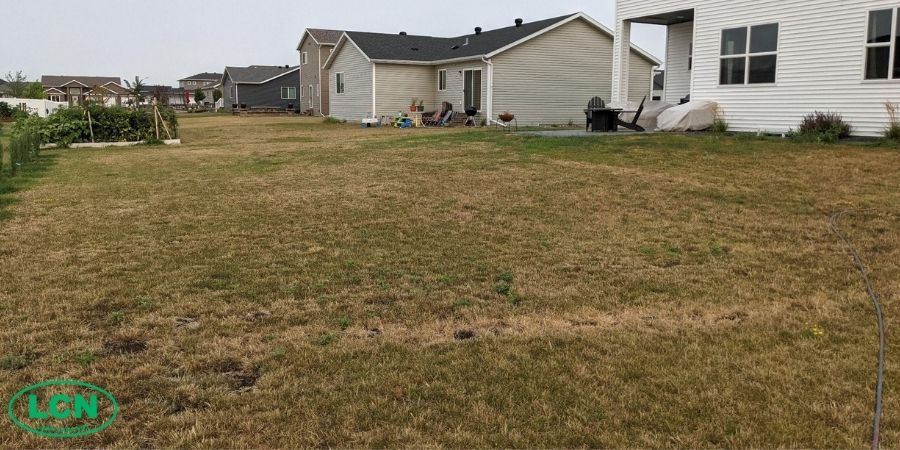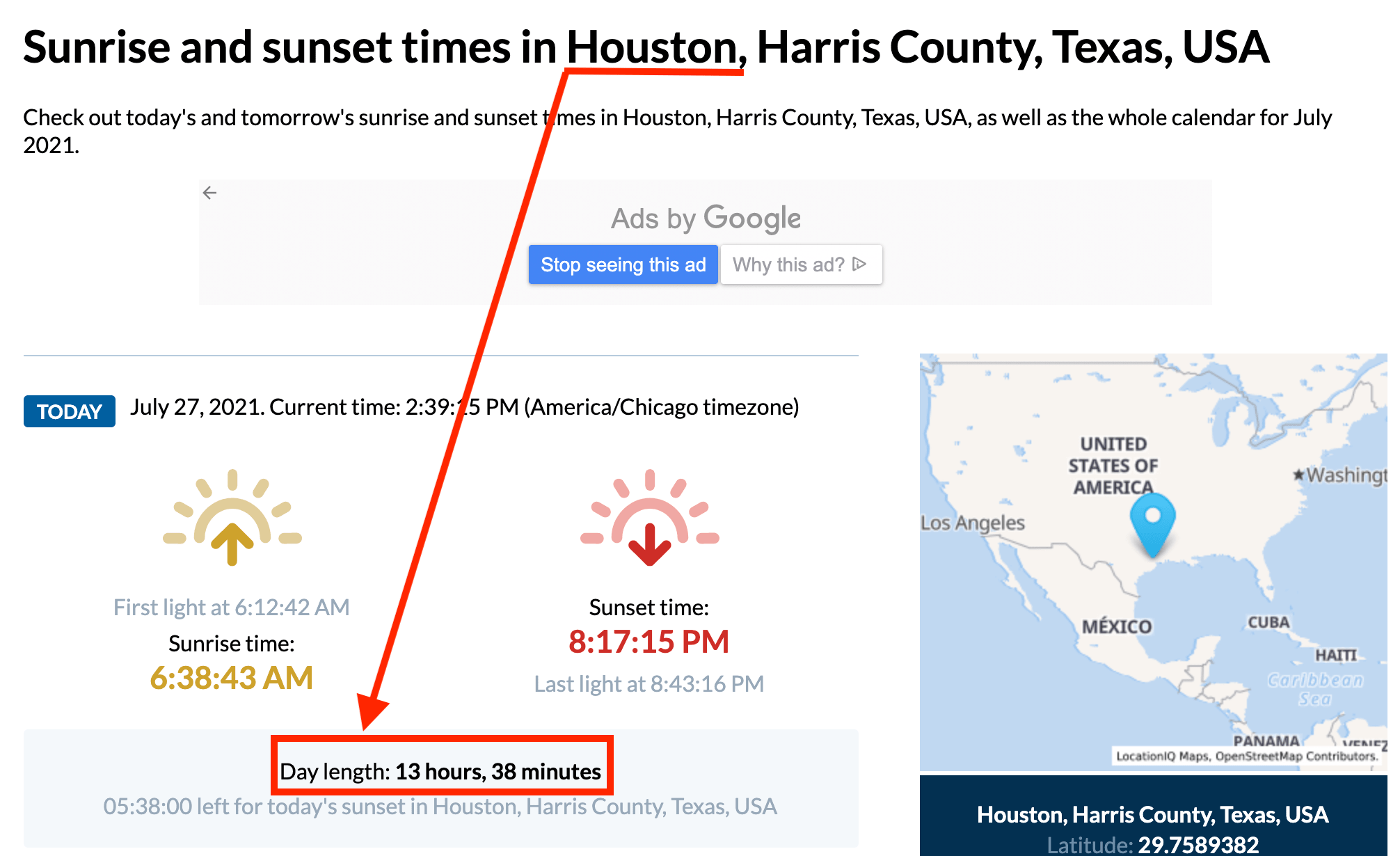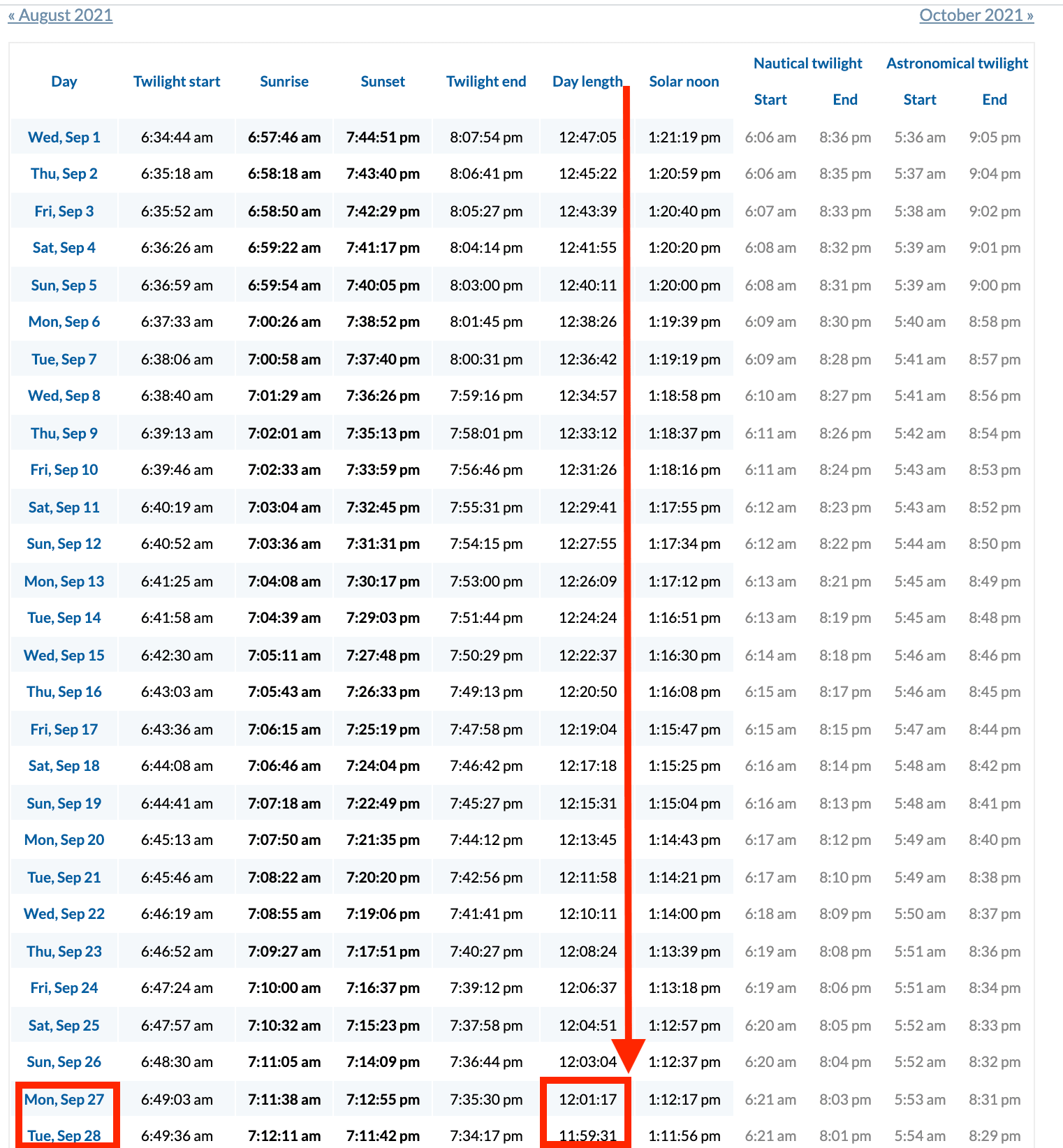How to Flex Your Milorganite This Fall with Spoon Feeding
- "The Lawn Care Nut"August 28, 2021
Today I thought we’d have some fun and talk about flexing the rates on our Milorganite. This is a good time of year to run these exercises because depending on where you live, you may want to turn up or down as we move into cooler weather. I’m breaking this one down into 2 parts:
Cool Season Lawns - Kentucky Bluegrass, perennial ryegrass, turf-type tall fescue
Warm Season Lawns - St Augustinegrass, bermudagrass, centipede grass, zoysia grass, and bahia grass.
Let’s first establish some baselines.
- Milorganite® fertilizer is a 6-4-0 analysis.
- This means that 6% of the bag is nitrogen.
- The bag is 32 lbs total
- This means there are 1.92 lbs of nitrogen in one bag
- I will use 1,000 sq ft increments of lawn space as my standard.
There are 2 “rates” that I recommend depending upon your grass type, cool or warm season.
Cool-Season Lawns
Let’s start with my friends with cool-season lawns, Kentucky bluegrass, perennial ryegrass, and turf-type tall fescue.
You folks are in a tough spot here in the later part of summer, especially this year. I was just in Fargo, ND this past week and temperatures there were well up into the 90s by 11 AM each day. It was a cloudless sky all day - just blazing sun. (I liked it!)
There had been literally zero rain for many weeks prior.
When it gets that hot and dry, local ordinances on watering restrictions kick in. On the backside, a high water bill is inevitable. It only takes one month of water bills over $450 for even the best of us to change course.
The lawns go dormant and end up looking like these in West Fargo:

It looks bad, I know.
The good news is that no matter how bad it looks now, it’s going to come back and green up again in the fall when temps level off and you get some rain help again. Just trust me on that one - the lawn is going to be mostly fine in the fall. Grass is resilient.
There are a few things you can do to really help along with this recovery and one of them is to feed the lawn. Milorganite’s slow-release nitrogen is a perfect way to wake the lawn from this summer dormancy without kicking it in the face. This is also where that ability to “flex” comes in.
I’d recommend a rate of 10lbs per 1,000 sq ft to start bringing this turf back to life. This is going to deliver a nice .6lbs of nitrogen for each 1,000 sq ft. You could call it a “spoon” feeding if you like. It’s enough to encourage the turf that it’s time to wake up.
If you are in Fargo, you can do that now. If you are further south with cool-season grass somewhere like southern Ohio, you may want to still wait another couple of weeks before getting things moving again.
Pay attention to weather patterns and if your local forecast is showing that a cool down is coming, along with some thunderstorms, that is your key that it’s time to throw down and enjoy that free water from the sky that you’ve been missing here all summer.
From there, keep it mowed and watch it grow! Pick up with a second shot of Milorganite 4 or 5 weeks later when the fall truly sets in. This second application can take advantage of the mild conditions that your cool-season grass loves. This time, go with a full 12.8 lbs of Milorganite for each 1,000 sq ft. (that’s the bag rate)
That is going to feed it .76lbs of nitrogen for each 1,000 sq ft. You’ll also be getting some phosphorus for root production and that nice iron green color response we all love.
Those two applications back-to-back like that, along with some help from mild fall conditions will transform your lawn back to a place where you can once again be proud to get out and #EnjoyTheMow. Give it a shot this fall and see just how resilient your cool-season lawn can be!
Warm-Season Lawns
Here in later August heading into September, we are flexing our Milorganite to coincide with the growth habit of our turf. In part 1 I talked about flexing your rates with a cool-season lawn. In this second part, I’m going to talk about flexing Milo for warm-season lawns:
- St. Augustinegrass
- Bermudagrass
- Centipede grass
- Zoysia grass
- Bahia grass
For most of us warm-season turf tenders, we have plenty of summer still ahead. Right now the days are still pretty long and temps are warm. That means our warm-season grasses are still looking to thicken up and take ground.
I recommend you apply Milorganite every 4-5 weeks or so at the full rate of 12.8 lbs for each 1,000 sq ft. That’s what is called the “bag rate” and you know it because the bag weighs 32 lbs and the coverage is 2,500 sq ft.
The slow-release nitrogen is going to keep the lawn a nice dark green color aided by the iron. You keep mowing and your warm-season turf will keep showing you results by pushing more stolons and rhizomes. Down here in Florida, we are in our rainy season so there is no irrigation needed - all we have to do is keep up with the mowing, and you should too!
When To Stop Fertilizing In Fall
There is going to come a point where summer will end and the fall will blow its way in. This will signal to your lawn that it’s time to get ready for winter. But it isn’t just cooler temps that trigger the slow down. In fact, cooler temps don’t have near as much to do with it as the length of daylight. Warm-season grasses must have sunlight and as the days get shorter heading into the fall, it slows them down quite quickly.
The key slow down is to look for is 12 hours of day length. When we dip below that 12-hour mark, the slow down in growth of warm-season turf is sharp.
There is a fun website you can go to called https://sunrise-sunset.org/.

I went there and plugged in Houston, TX as an example city and you can see that right now, August 20, 2021, there are getting well over 13 hours of day length. And if you go to Houston right now, lawns that have been irrigated will be growing quite nicely!
What you can do on that site then is scroll down and you will see the day length shown for the entire month. You can keep scrolling and go through the months until you find the day where 12 hours crosses over into 11.
For my example of Houston, that is Monday, September 27.

It’s sometime leading up to this date that you want to apply your final application of Milorganite for the season. It can be a good 2 weeks before this date that you get that final dose into the soil so it feeds the turf without pushing it too hard.
This time, however, I’d back the rate down some. We have been pushing nice and hard all summer with applications every 4-5 weeks or so, let’s give this last one a nice easy rate of 10 lbs for each 1,000 sq ft. This is going to give us a nice .6lbs of nitrogen to take us off into winter.
The key word here is “slow-release” and as temps get cooler, the Milorgniate will also release slower, extending our feeding without overclocking the turf.
Extended Note for Centipede and Bahia Grasses
I do want to separate you guys out here real quick at the end. Your grasses are slower growers and we don’t want to push them too hard. You can keep the same schedule as I mentioned above, but just make all of your applications at the lower rate of 10lbs for each 1,000 sq ft.
Your centipede and bahia don’t need as much as the other warm-season grasses.
Mowing Still Important
Lastly, keep that mowing going! It’s so important to mow often during this time of the season so the lawn doesn’t get overgrown. It’s been a long, hot summer but we lawn tenders have to persevere. You have about 5-7 weeks of good lawn mowing season left before things slow down so take advantage of it now and #EnjoyTheMow so your warm-season turf and spread and grow!

